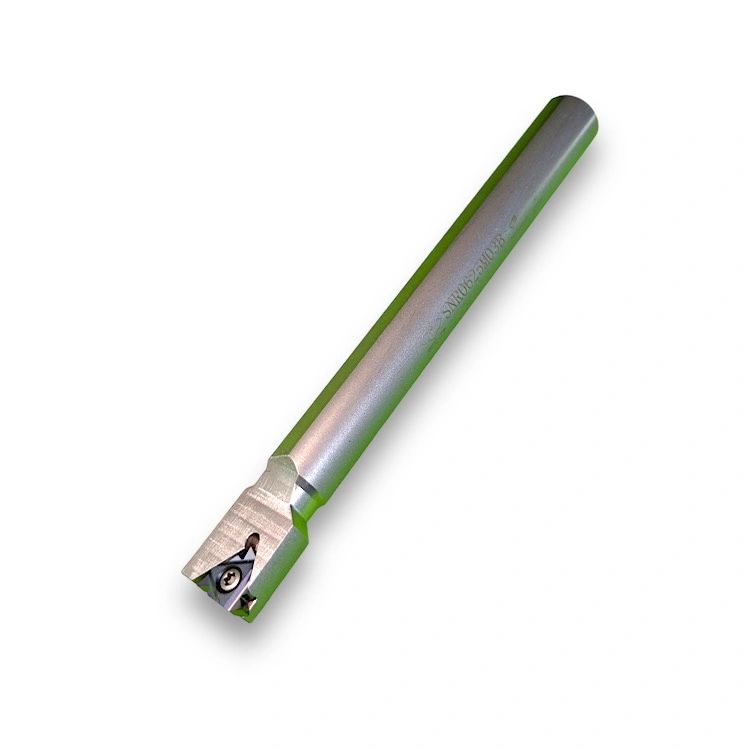I’m trying to chamber my first barrel and my small lathe for some reason isn’t picking up on threads so I want to use my larger one. The problem with the larger one is the barrel isn’t long enough to get through the headstock. I’m considering attaching some tube to the end of the barrel to give an arm to use to push the barrel to get it aligned. I want to leave the barrel as long as I can when done. I’ve considered welding an open tube to the end or fitting some bushings in a tube to extend it. It’s about 4” short. I have some 12” ground tungsten rods that fit perfectly to the bore so I can figure out which way the barrel is curved.
Im wanting to use a tube so I can use the rods.
Is welding a crazy idea? I’ve read the end of the barrel has to be cut off because of damage from lapping so the welded tip will be removed. When I do the crown I can either thread a tube or just leave the action on to get enough length.
Im wanting to use a tube so I can use the rods.
Is welding a crazy idea? I’ve read the end of the barrel has to be cut off because of damage from lapping so the welded tip will be removed. When I do the crown I can either thread a tube or just leave the action on to get enough length.



